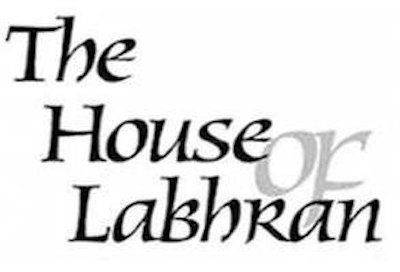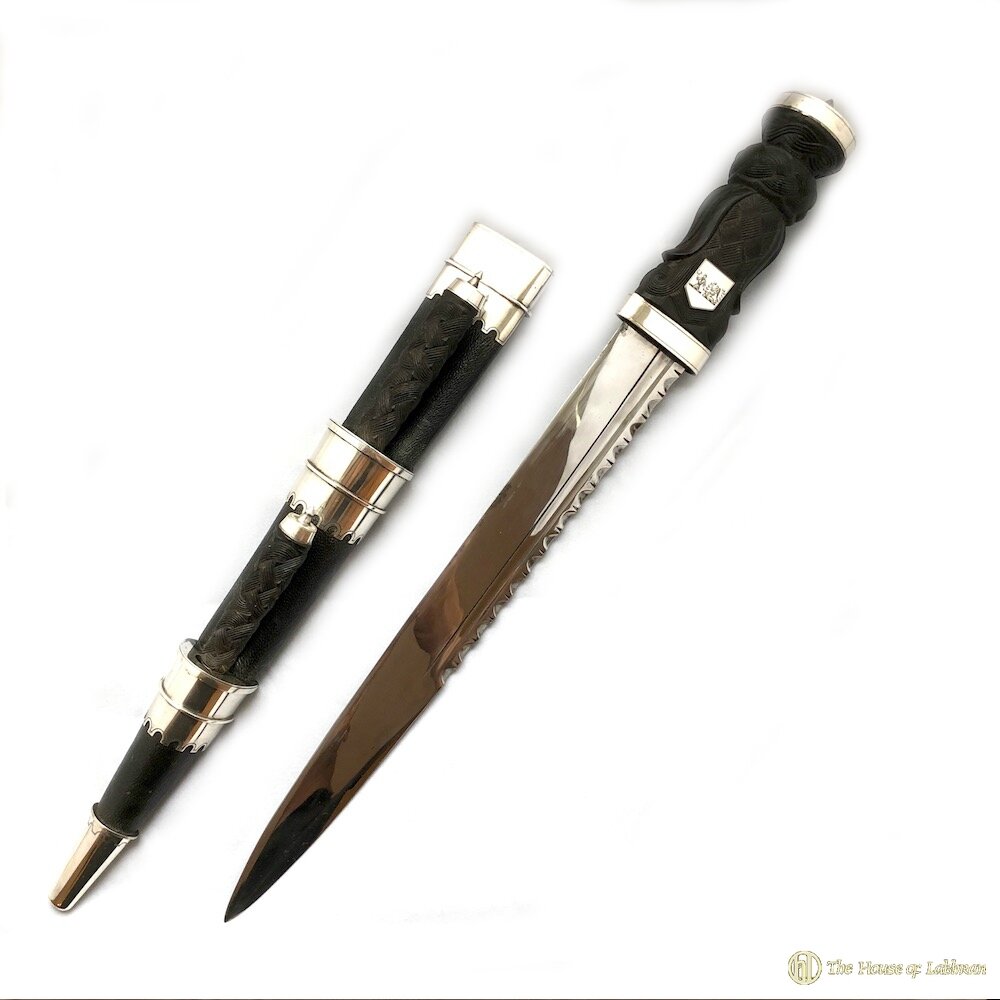Lord Keith-Falconer 9th Earl of Kintore Antique Scottish Dirk
Lord Keith-Falconer 9th Earl of Kintore Antique Scottish Dirk. A fine antique Scottish dirk made for the 9th Earl of Kintore circa 1874 - 1881. Wonderful carved blackwood handles and silver mounts. Algernon Hawkins Thomond Keith-Falconer, 9th Earl of Kintore, Lord Inverurie KT GCMG PC FRSE (12 August 1852 – 3 March 1930) was a British politician and colonial governor. Born at Lixmount House, in Trinity, Edinburgh, Keith-Falconer was the eldest son of Francis Keith Falconer, 8th Earl of Kintore and his wife Louisa Madeleine, née Hawkins. He was educated at Eton and Trinity College, Cambridge. He held the office of a Lord-in-Waiting between 1885 and 1886. He was appointed Privy Counsellor (P.C.) in 1886. He held the office of Captain of the Yeomen of the Guard between 1886 and 1889. Lord Kintore was Governor of South Australia between 1889 and 10 April 1895. He was made a Knight Grand Cross of the Order of St Michael and St George (GCMG) on his appointment.
On his return from South Australia he resumed his post of lord-in-waiting at the court, serving Queen Victoria until her death and Edward VII until 1905. His court duties brought him the grand cordon of the Crown of Italy, the first class of the Prussian order of the Red Eagle and the Grand Cross of the Portuguese military order of Christ. In 1913 he was elected deputy-Speaker of the House of Lords.A fellow of the Royal Society of Edinburgh, he was awarded an honorary doctorate of laws by each of the Universities of Aberdeen.Lord Kintore married Lady Sydney Charlotte Montagu (14 October 1851 – Keith Hall, Inverurie, Aberdeen, 21 September 1932), second daughter of George Montagu, 6th Duke of Manchester, at St George's, Hanover Square, London, on 14 August 1873.
Lord Keith-Falconer 9th Earl of Kintore’s silver dirk
Hamilton, Crichton & Co - 1874..1881
Alexander Crichton is a shadowy figure, whose place and date of birth or death has proved impossible to trace. He seems to have had strong Scottish connections, the earliest surviving item from his workshop is a condiment set, retailed by Hamilton Crichton & Co, Goldsmiths of 41 George Street, Edinburgh but made in London 1873







